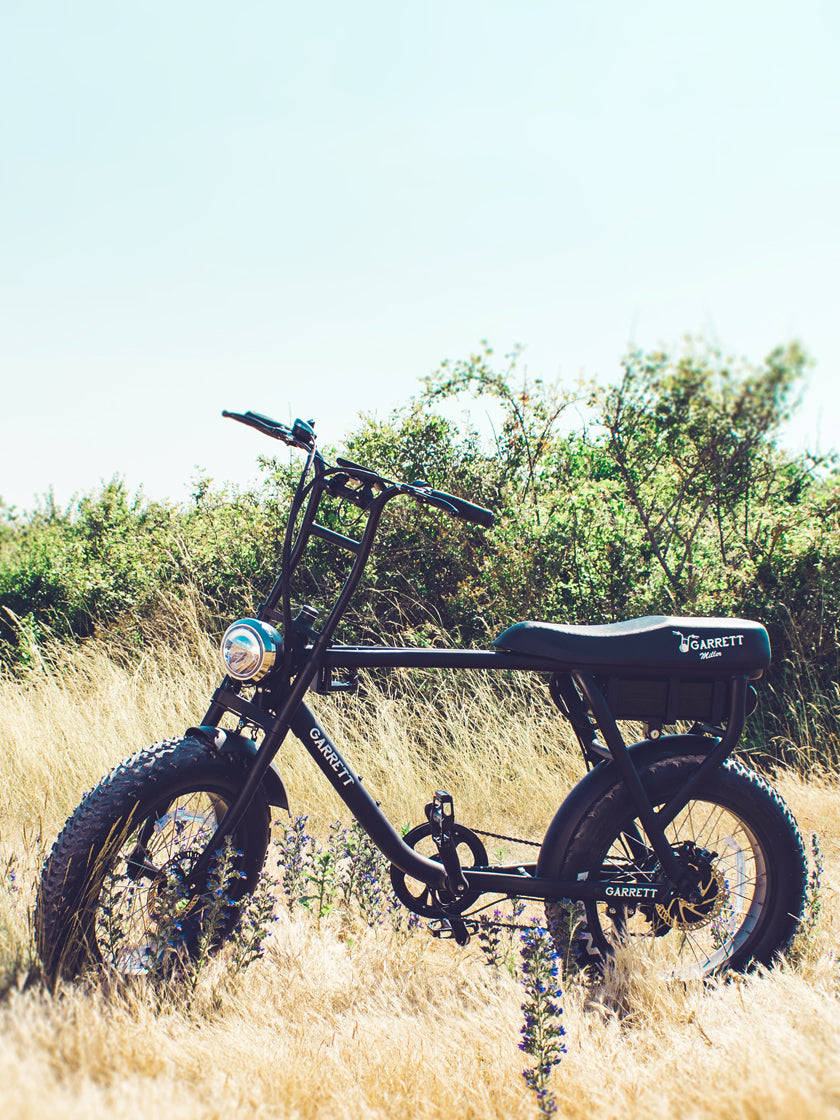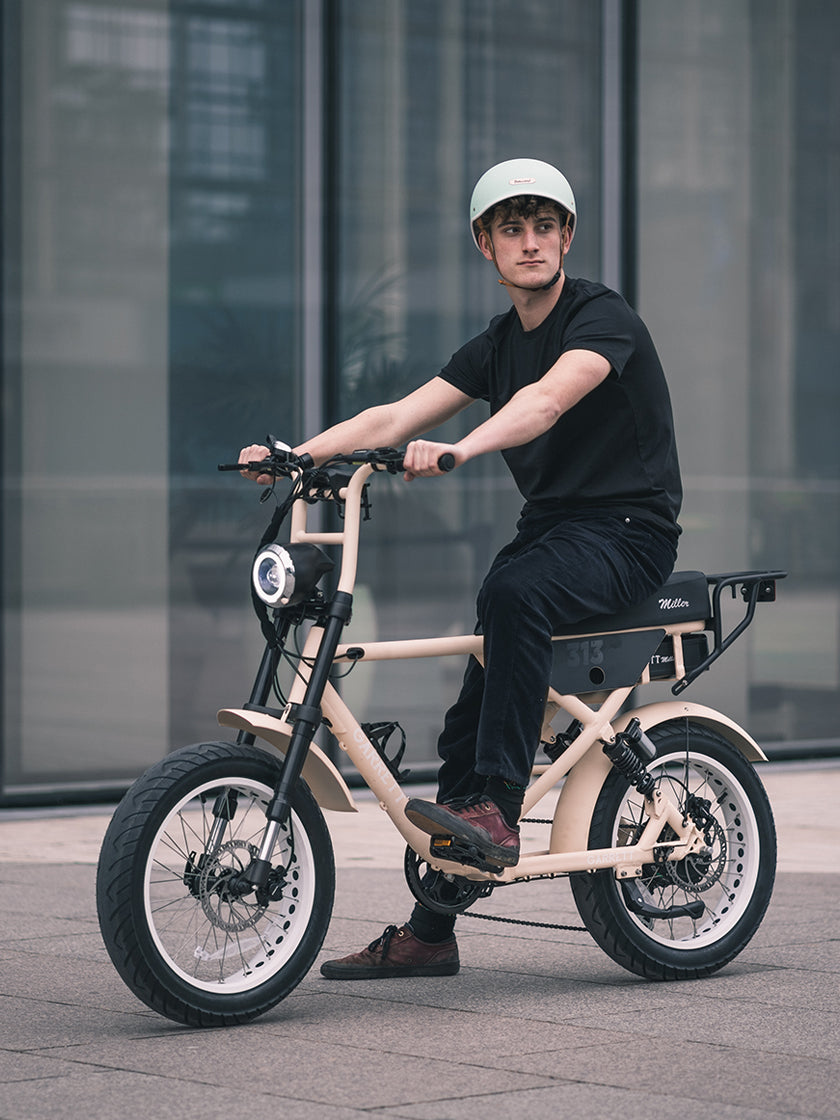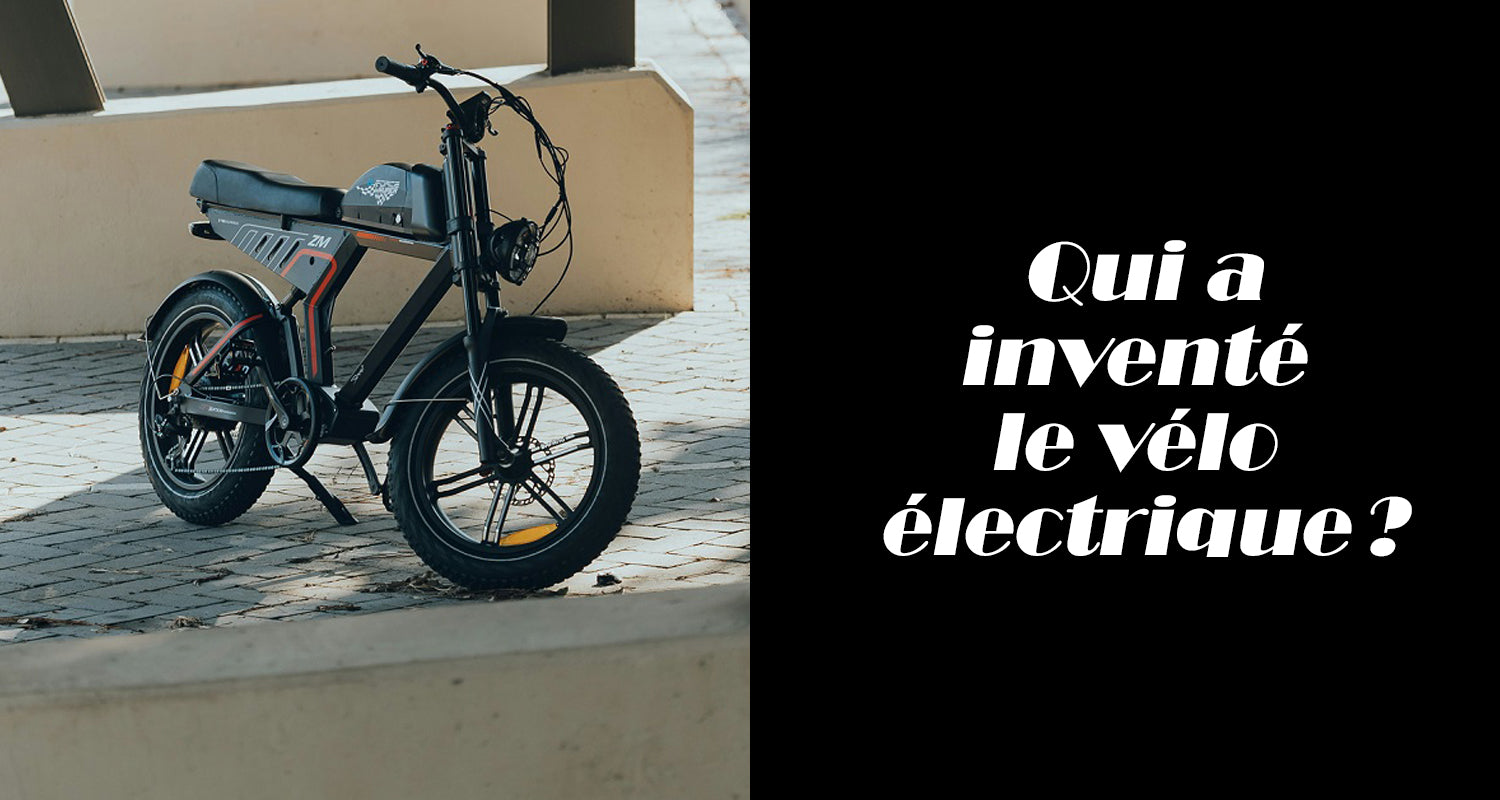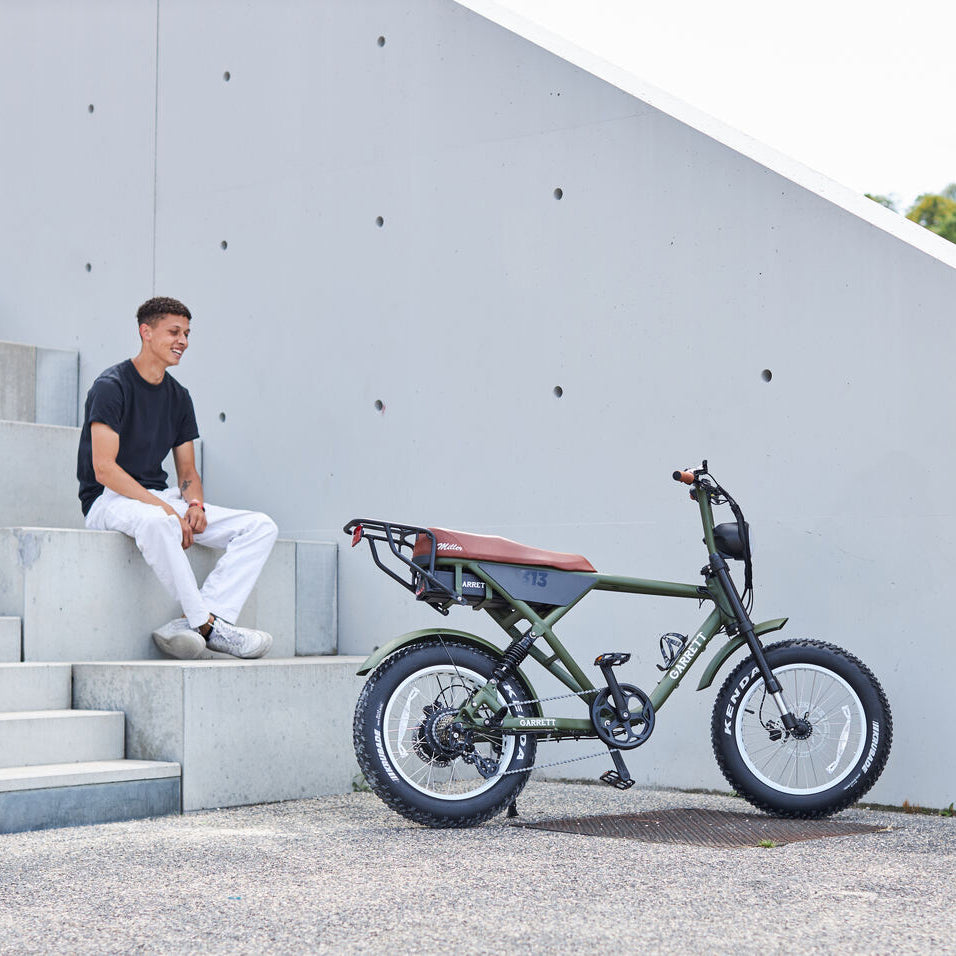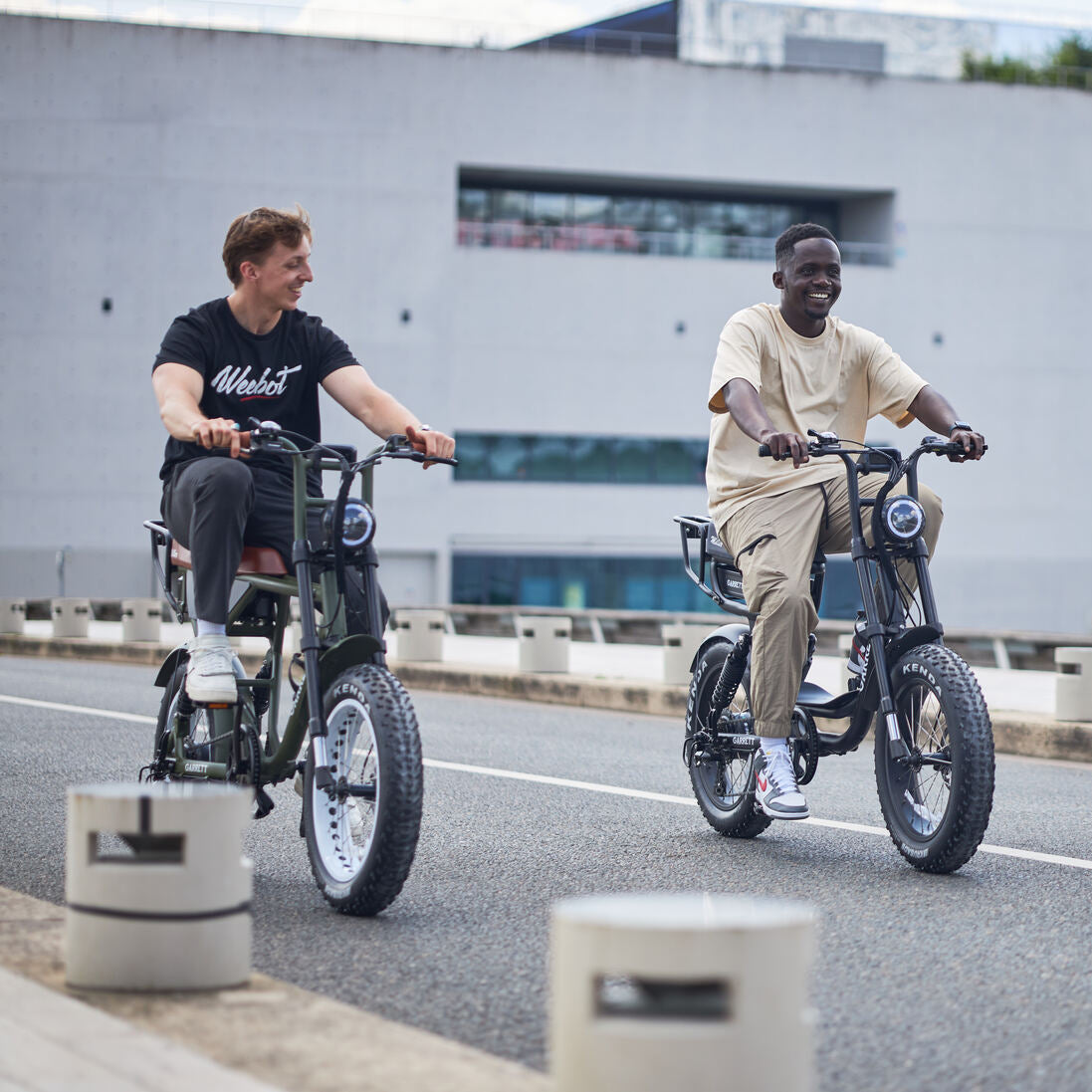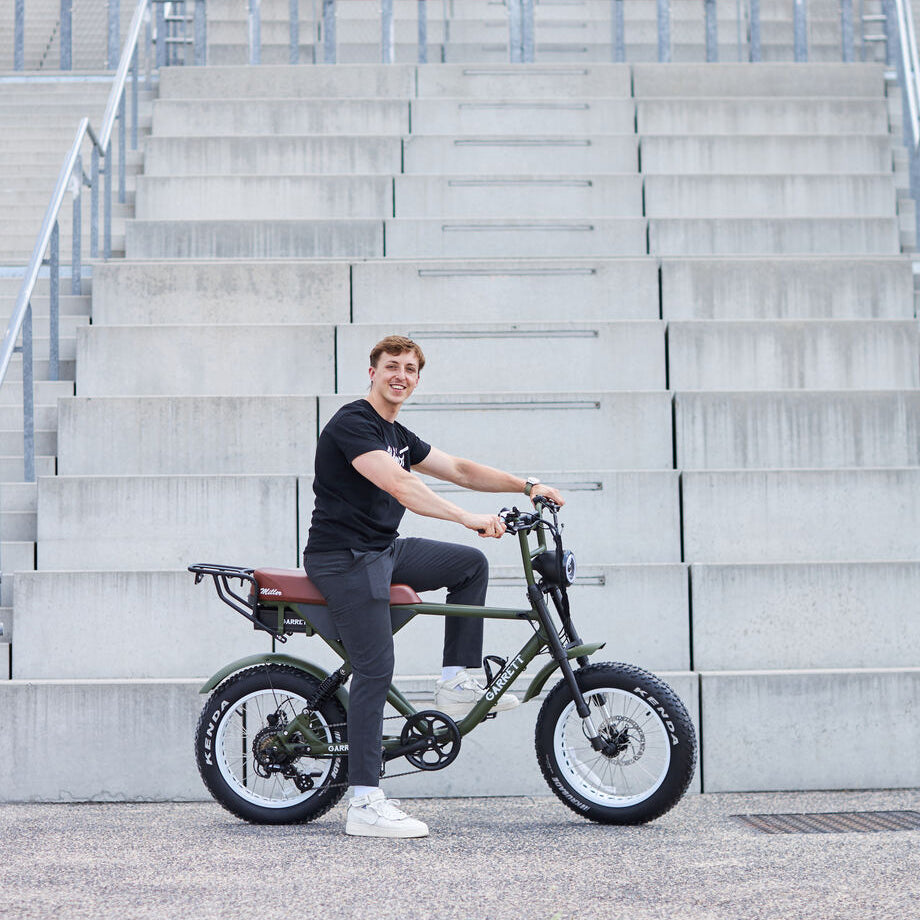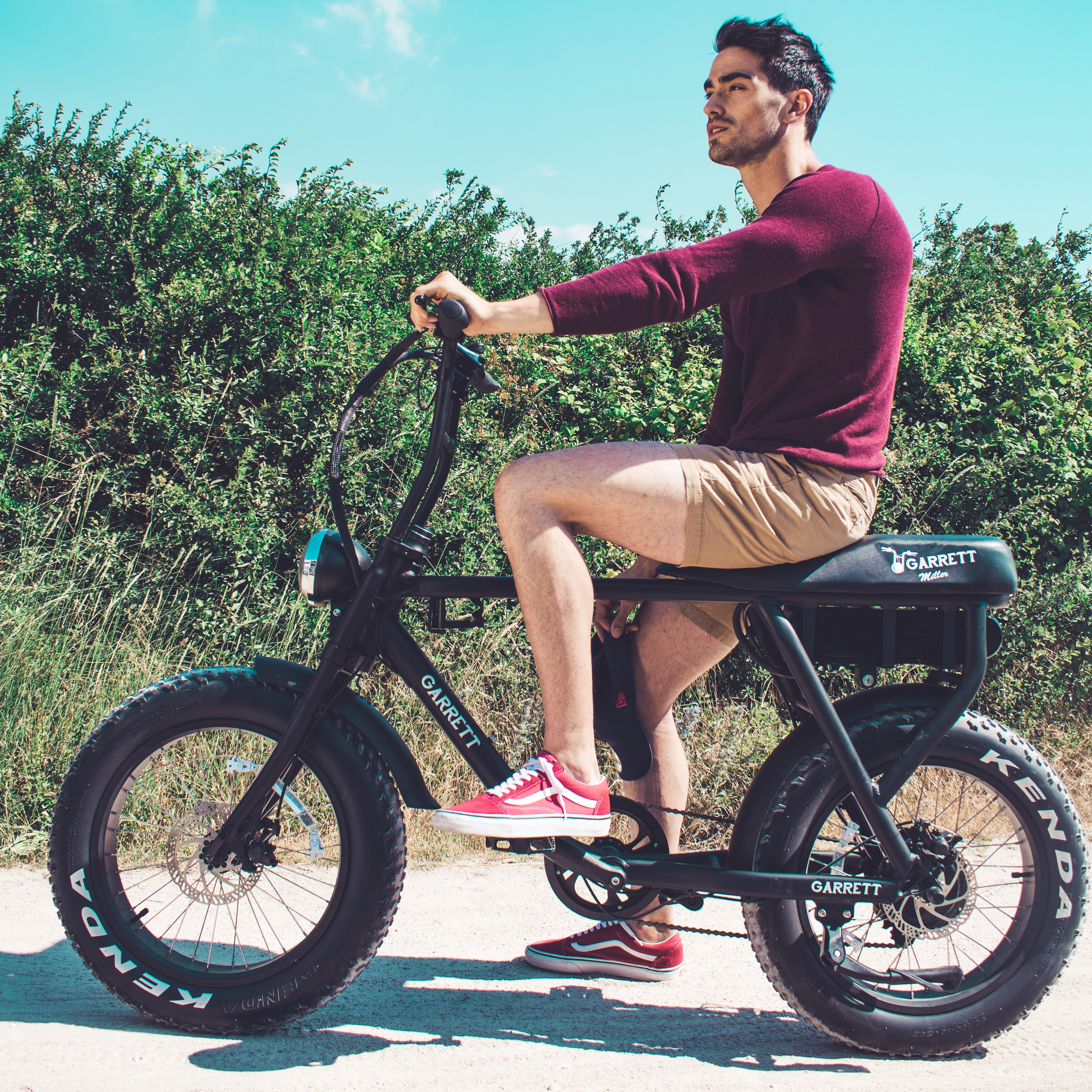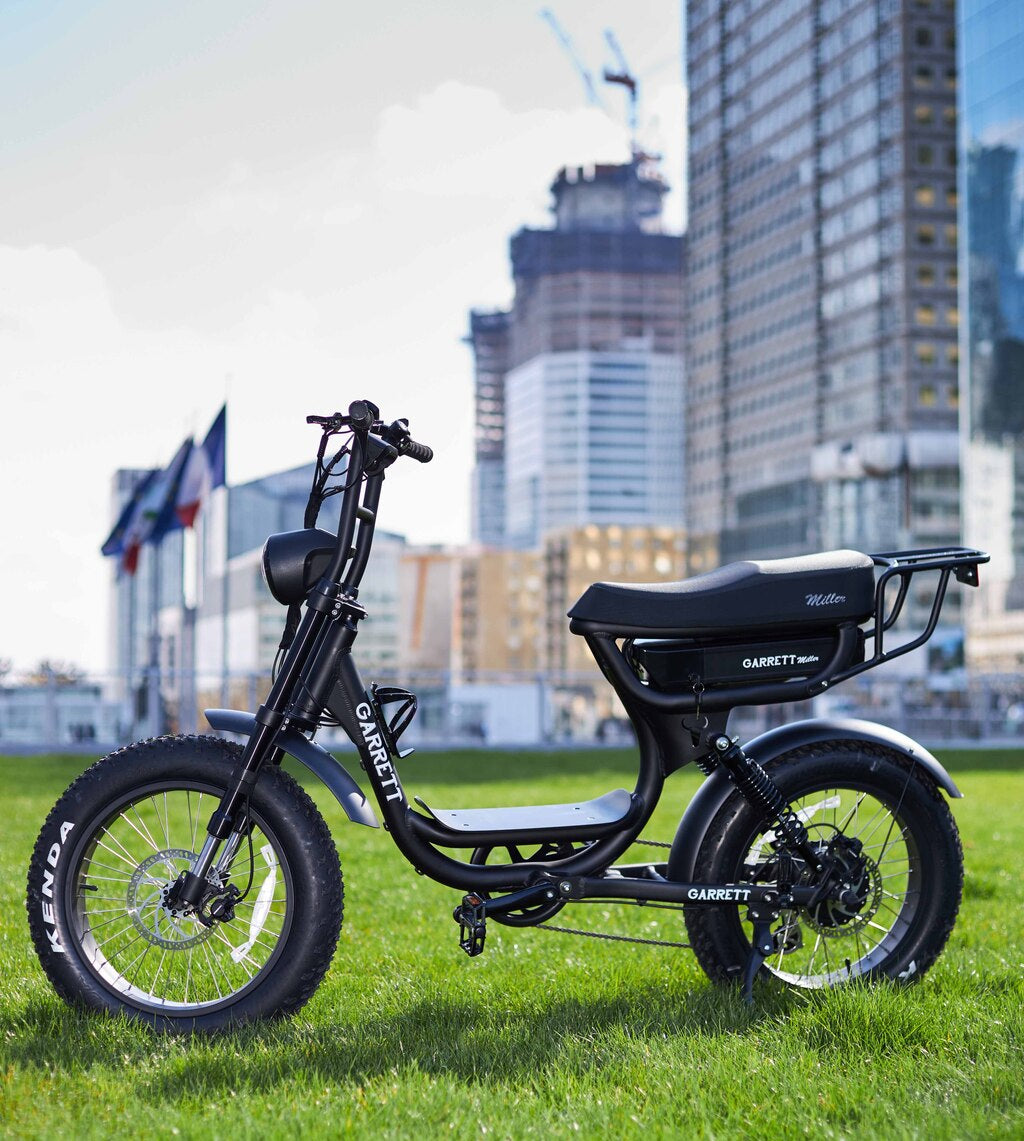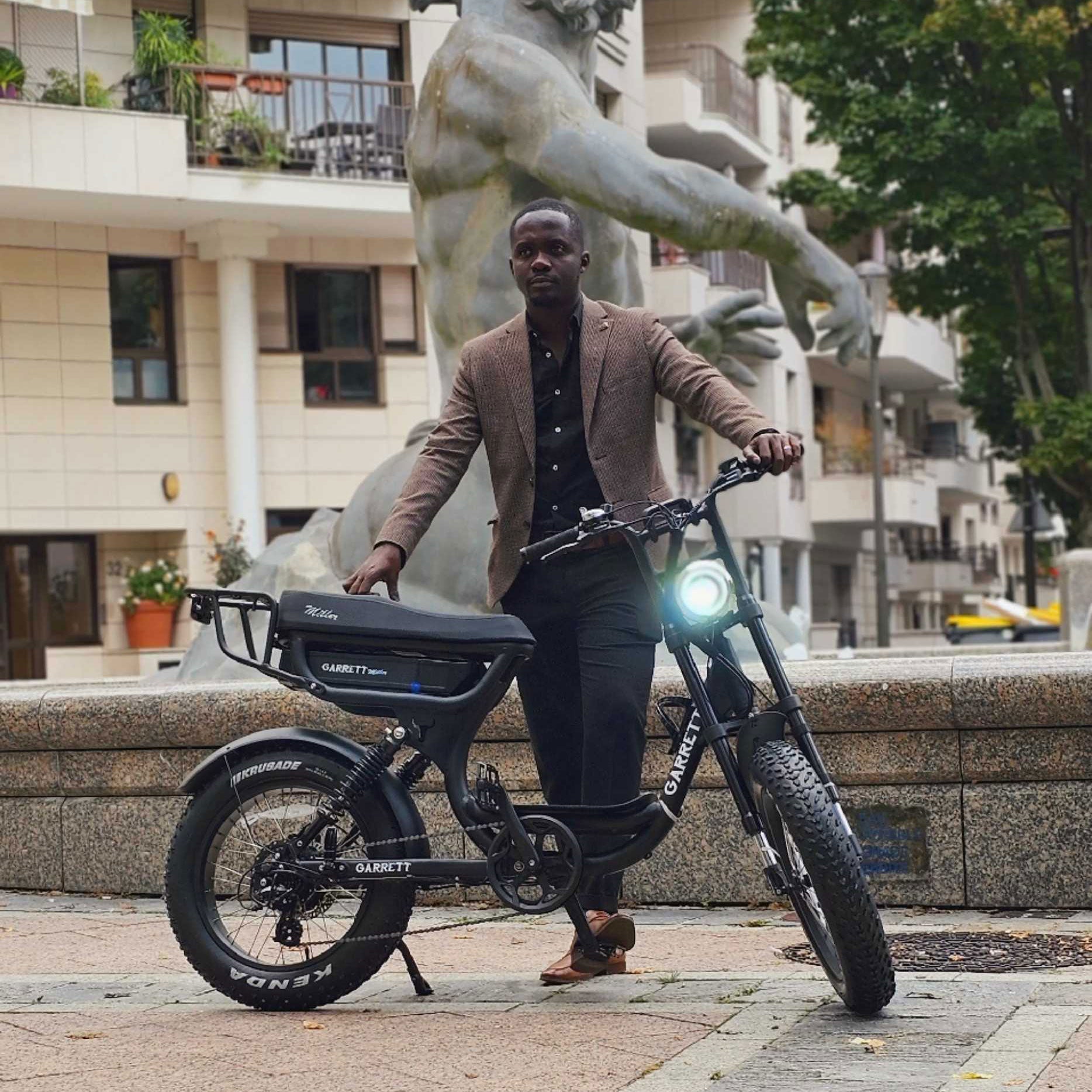Innovative, practical and avant-garde, the electrically assisted bicycle is gaining more and more fans. And this is not from yesterday. Several cyclists have already adopted it, young and old. This is not surprising, given that this two-wheeler not only allows you to indulge in a real sporting activity, but it also constitutes a means of transport that is both practical and ecological. We only recognize the advantages of this car.
According to certain statistics, the VAE is one of the most popular machines to date. But before talking about today, let's take a few leaps back, in order to know the true origin of the e-bike. Who invented the electric bike? When was it made and who had the idea? In this article, we invite you to discover in brief the history of this functional and revolutionary vehicle.
Discovering the true origin of the electrically assisted bicycle
Even though there are currently many e-bike routes in Nantes , it is not in this region that the racing car was manufactured. In reality, the history of the electric bike begins in the United States in 1985. It is then the beginning of a great adventure
Odgen Bolton, the inventor of the electric bicycle.
It was created by Odgen Bolton. This American inventor has filed a patent for his mode of private electric locomotion. This one had the features of an electric bike, except that it did not have pedals. This inventor had the ingenious idea of designing a “balance bike” type bicycle, made up of two wheels in alignment, and without pedals.
This very first prototype then held a patent. It included a 100 amp motor placed at the rear wheel and a 10 V battery which was placed below the horizontal tube located on the frame.

The arrival of the VAE equipped with a double motor by Hosea W. Libbey
In 1897, two years after Odgen Bolton patented his bicycle, another American, named Hosea W. Libbey, filed another patent for the electric bicycle he had developed. It offers a more sophisticated model with more technology. This version this time has two, and not just one motor, located on the crankset. Libbey named his electric toy the “Lampociclo”.
To distinguish his VAE from that of Odgen Bolton, Libbey added a pusher transmission to his invention. This is how the history of the electrically assisted bicycle evolved. A big change was about to take place in 1899. At the time, the world of cycling saw the appearance of the very first motorized electric bicycle, featuring friction technology.
It was possible and especially easy to ride the bike on flat roads. However, when riding it on inclined paths and false flats, the cyclist had to exert some additional effort. Regardless, this model was a great success. And this, even if there were certain engine problems.
At this time, the engine was using a very large amount of oil. And for good reason, the bike ejected a lot of oil. Many cyclists have complained a lot about the particularly messy nature of the device. The fairer sex, anxious to keep their clothes clean, gradually abandoned driving the machine.
Stopping manufacturing of electric bikes
During the 1900s, given the increase in the price of oil, but also the significant impact of the VAE on the environment, this means of transport unfortunately experienced a gradual decline. Fans therefore preferred to turn to motorcycles. These models were becoming more and more numerous on the market.
In the same way as the electric bicycle, the motorcycle is also equipped with a motor, which is located at the front wheel. Users loved it above all for its practicality, as well as its more powerful performance, compared to that of the VAE. The electric bike was quickly considered a low-end machine, because only people with low incomes, who could not afford a motorcycle or a car, still rode the electric bike.
On the other hand, the disappearance of the electrically assisted bicycle was largely caused by the desire of a large number of drivers to have a faster and more modern motorized vehicle. This is why production of the e-bike had to be interrupted.
It was not until several decades later that the electric bicycle appeared again. According to some analyses, it has been shown that the resurgence of the success of the electric bicycle was initiated by the rise of ecological movements, as well as by the oil crisis which shook the 1970s.

The history of the electric bicycle on the European continent
The historical past of the electrically assisted bicycle is not limited to all these facts. Indeed, it goes beyond the borders of the United States. Other European countries, such as the Netherlands and Germany, also have a story to tell when it comes to electric bike manufacturing. These countries represented exclusive producers.
Just like the invention of the bicycle helmet initiated by a Breton, the creation of the VAE, as we know it today, also goes back to a native of the European continent. This, even if his model is more recent than that of the Americans.
Concerning Germany, the country unveiled its very first prototype towards the end of the First World War, through the Heinzmann company. During these periods, bicycles were mass-produced and mainly reserved for postmen to deliver mail.
For their part, the Netherlands was much less known as the inventors of the electric bicycle. The latter mainly focused on the ecological interest of this means of transport. They saw great potential given the low-polluting nature of the VAE. The market there was dominated by models from Philips and EMI. However, given the low power of the electric bike and the strong competition from cars, its design has ceased.
Rather elegant models emerged in the years that followed. This was particularly the case with the Spacelander, the fiberglass e-bike developed in 1960 by the British Benjamin Bowden. Sold in just over 500 copies, this model didn't really last. It was then necessary to wait until the 1990s for the e-bike to definitively find its place on the market.
The place of the Yamaha brand in the beginnings of the appearance of the VAE
If the United States, the Netherlands and Germany have left their mark in the history of the electric bicycle, it is Japan's turn to stand out. The Asian brand Yamaha launched its first electric-assisted bicycle model in 1993. This marks a new beginning for the VAE. Yamaha planned to offer users the best technology available.
This is how the offer grew. Each model produced was different, with the addition of more aesthetic and more technical elements. In order to establish itself in the electric bicycle market, Yamaha began to collaborate with other brands, such as Sanyo, Panasonic, Suzuki and Honda. Thanks to these partnerships, Yamaha has given an identity and a certain notoriety to electric bicycles.
This is how e-bike rides and tours started to become more popular around the world. If you are in France, for example, there will be no shortage of ideas for e-bike excursions. Among other things, you can take several e-bike tour routes in Lyon . You will definitely enjoy it!

The electric bicycle since the 1990s to date around the world
Alongside Yamaha's exploits, the Giant brand is also developing a prototype inspired by Libbey's Lampociclo. After that, several technologies are added to VAEs, to name only torque sensors. Lead batteries were in full swing until 2003, the year when nickel and lithium batteries revolutionized the world of e-bikes. Being lighter, these batteries offer more autonomy to the cars. This has earned them greater popularity among cyclists.
It has been more than 20 years since the electrically assisted bicycle experienced an undeniable explosion in terms of sales. A large number of cities around the world have decided to develop cycling infrastructure in order to facilitate the circulation of these machines. Several e-bike sharing programs have also been launched. This greatly increased their popularity.
Electric bikes, whether cargo electric bikes or electric fatbikes, have become the best option for riding more easily in the city. Here is a new alternative to cars, more efficient and more practical. This is mainly due to their lightweight and more than efficient batteries, but also to their lower price, their ecological nature and the fact that they allow you to travel more quickly.
In any case, it seems that the electrically assisted bicycle has a very promising future. Today, its sales have exploded. This is perfectly normal, when we know that this mode of transport simplifies pedaling, while offering the possibility of practicing good physical activity.

